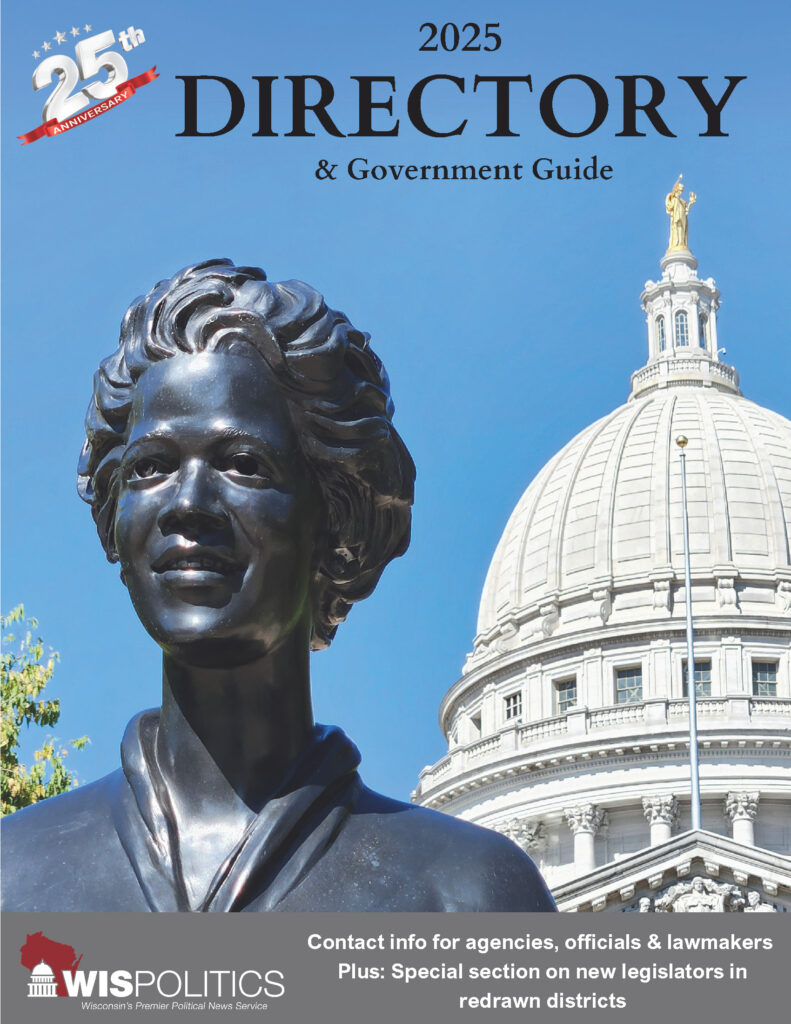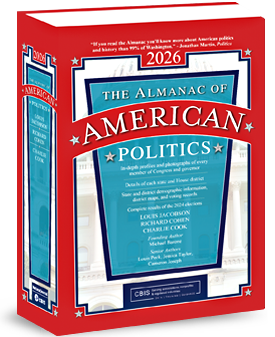MADISON — The School Administrators Alliance and the Wisconsin Association of School Boards have issued the following joint statement in response to the legislature’s passing and the governor’s signing of the 2023-25 biennial state budget:
While the newly signed 2023-25 State Budget Act falls short of providing the inflation-adjusted increase in spendable revenues we sought for all school districts, we are encouraged by how the budget reflected bipartisan discussions and compromise. As a result, public schools will see increases in spendable resources that can be directed to the areas of greatest need.
Revenue limit increases, along with growth in the low-revenue ceiling and special education categorical aid, will assist many of our state’s most under-resourced school districts in meeting the challenges they face.
Public schools remain our state’s most crucial economic driver. They educate the vast majority of our future workforce, and investments in public education yield multiple returns for our communities and businesses. However, funding for Wisconsin public schools has dwindled to levels below the national average in recent years due to revenue limit freezes. This decrease has made attracting and retaining teachers and staff more challenging in a tight labor market, increasingly compelling districts to rely on referendums. This shift places a greater responsibility for school funding on local property taxpayers.
Our members collectively advocated for the budget bill to address the inflationary cost increases eroding school district budgets, narrow the revenue limit disparities among our districts, meaningfully raise the special education reimbursement rate, and invest in mental health supports for students.
Our goal is to find sustainable solutions that meet the needs of our public schools, students, families, and communities. While we appreciate the investments in education in this budget and recognize that the per-pupil increase in revenue limits is the highest ever, we remain acutely aware that inflation is also at historically high levels. Despite these increases, many districts will still find it necessary to seek additional support through referendums.
Moreover, despite the progress being made, the underlying issue of a broken state school funding system persists. We foresee continued disparities with winners and losers emerging, and the barriers preventing 28 of the lowest-spending school districts from accessing the low revenue ceiling are likely to exacerbate the gap in per-pupil spending across the state. We also must address the matter of school districts’ ability to raise property taxes, which currently adds another layer of complexity to the funding challenge.
The governor’s veto, while unanticipated, resets the starting point for future debate about public school funding. Rather than starting from a presumption of no ($0) increase in public school resources each year, we will be starting from a presumption of a substantial annual increase when the next round of discussions begin. Our two groups have long advocated for predictable, sustainable increases in spendable resources that match or exceed the rate of inflation. While we appreciate what the Legislature provided in the budget bill, we also recognize that the governor’s veto moves us closer to our objective in future funding discussions.
We are heartened that the governor and legislative leaders have initiated bipartisan conversations about the real needs of our schools, but there is more work to be done. We hope these bipartisan discussions around public school funding will continue and address some of the issues left unresolved by the budget bill. For the benefit of our children’s and our state’s economic future, these conversations must proceed.



